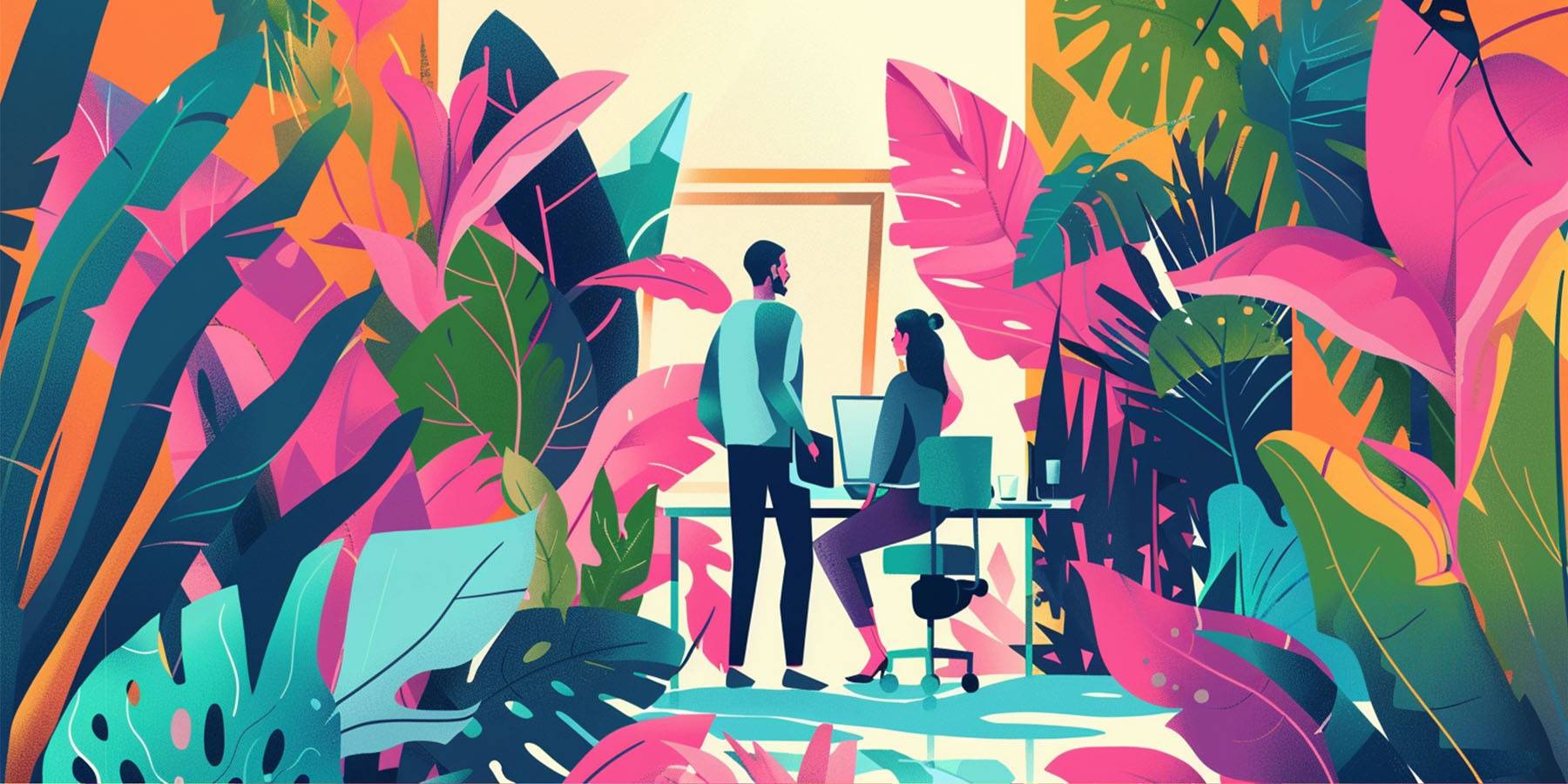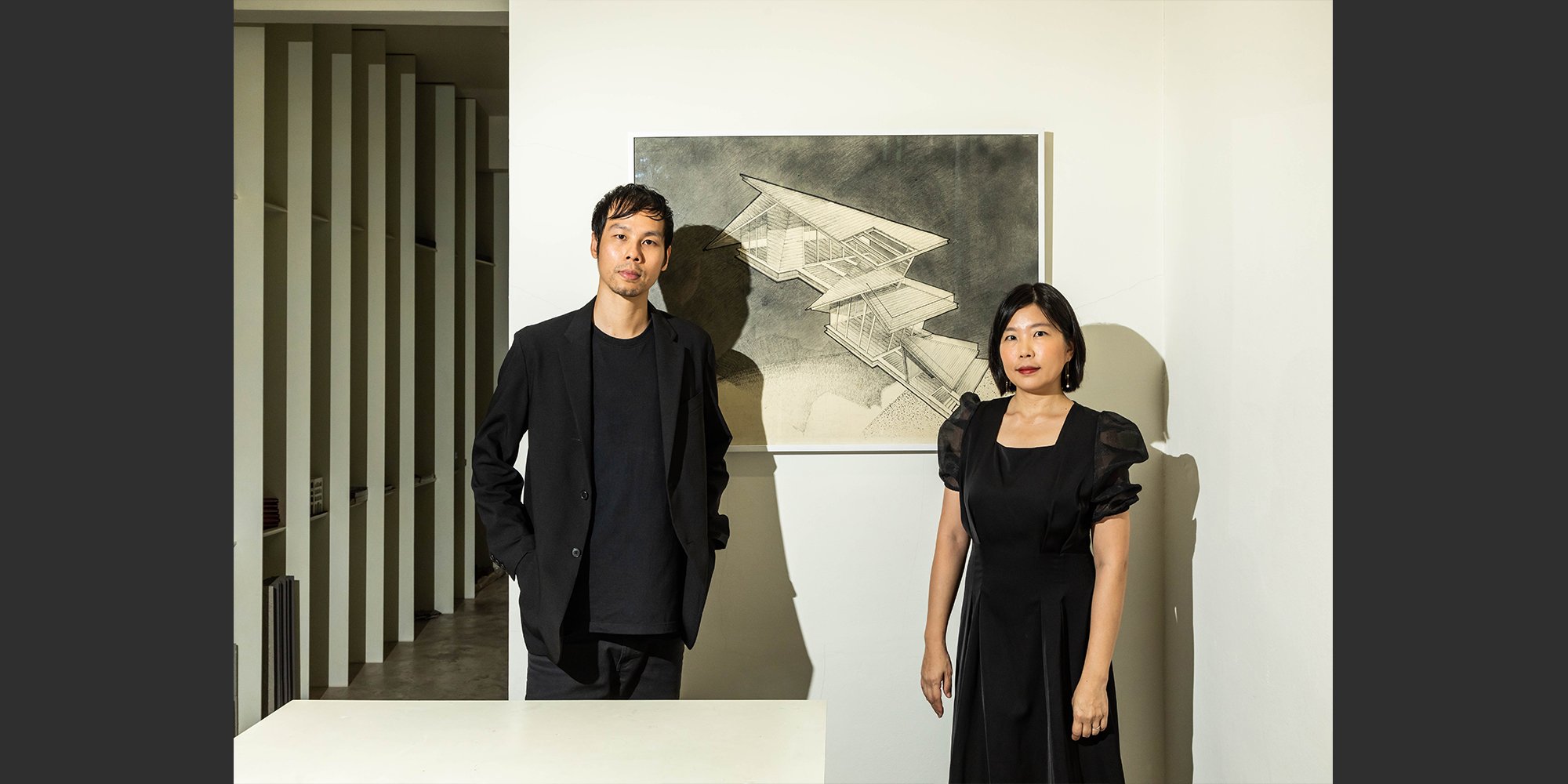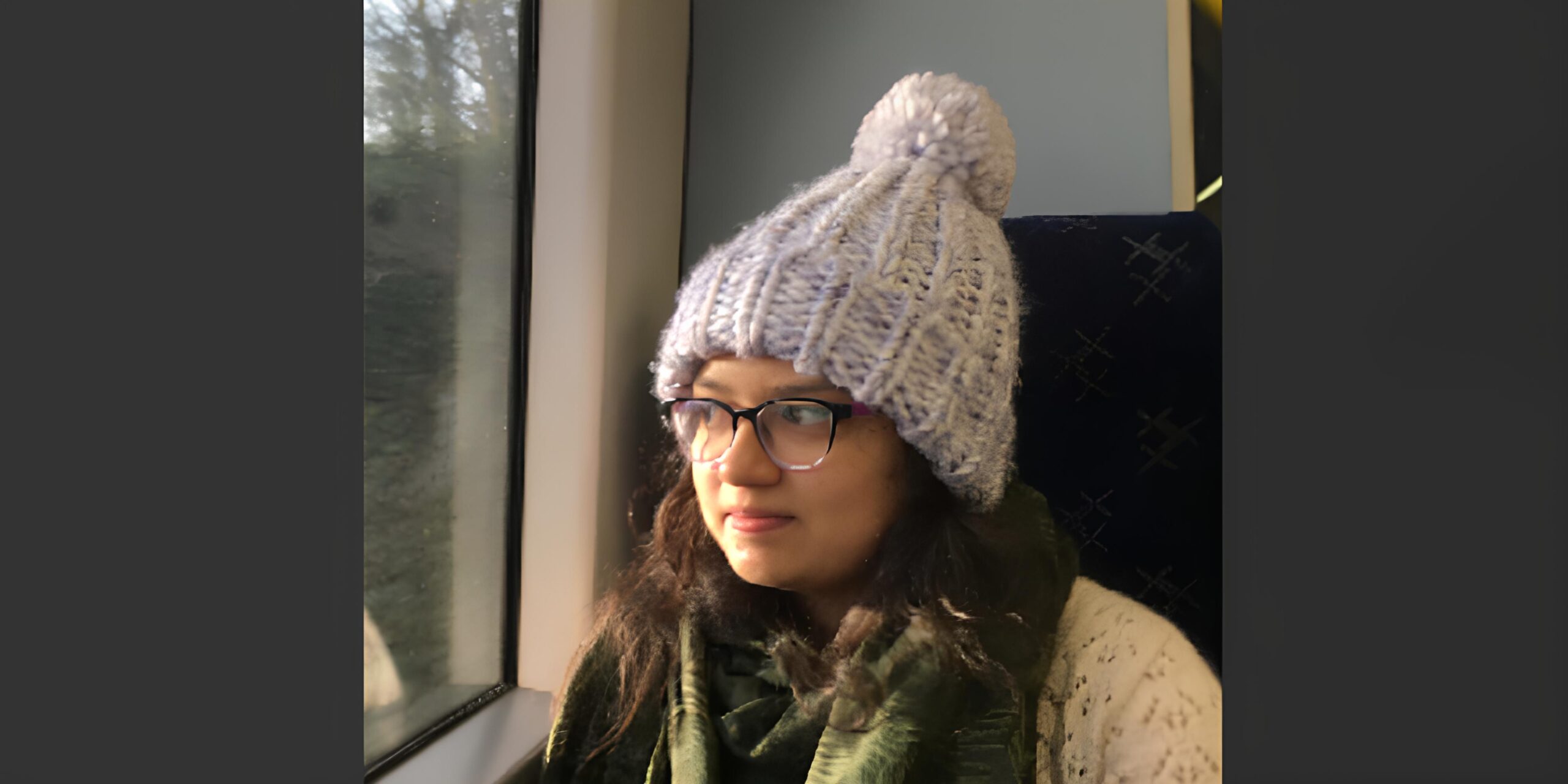Welcome to Media Matters, the Fublis interview series where we engage with media professionals shaping the world of journalism, writing, and editing. Through these in-depth conversations, we explore their experiences, insights, and the evolving landscape of media.
In this interview, we are excited to feature Rachel Gallaher, a seasoned journalist with over a decade of experience. Rachel has made significant contributions to the fields of design, architecture, and the arts, earning prestigious accolades like the Folio 30 Under 30 Award and numerous Society of Professional Journalists’ Excellence Awards. She shares her perspective on how the media landscape has changed, the challenges of freelancing, and her passion for storytelling through diverse projects. Join us as Rachel reflects on her career journey and offers valuable advice for aspiring writers.
You’ve been in journalism for over a decade now. What are some of the biggest changes you’ve noticed in the industry?
Rachel Gallaher: Well, I think it’s no secret that social media has changed the landscape of when and how we access journalism. Where even a decade ago, I would go to the local bookstore every week and pick up a stack of magazines to get ideas and inspiration, and see what was happening around the city, now everything is instantly accessible through social media or sites like Substack—sometimes to the point of being overwhelming. There’s a simplicity and focus to flipping through a magazine that I love. Of course, I still buy print magazines—I am and always will be a print junkie—but for things like news, I’ve gone fully digital, getting headlines sent to my inbox and checking the NYT app every morning when I wake up. The rise of citizen journalists, influencers, and the like has been interesting to watch. We have more immediate access to information, but as with every media outlet, you always have to ask what kind of lens something is coming through. With access to millions of users on every platform, there is a lot to sift through, but at the same time I think discourse is important, and getting new voices in the mix is never a bad thing.
What are some of the toughest obstacles you’ve faced as a freelance journalist, and how did you manage to overcome them?
Rachel Gallaher: Aside from getting started after graduation (I didn’t study journalism; I entered the field through an internship and kind of had no idea what I was doing), the hardest part has been expanding my network and getting work from new publications—especially being based in Seattle. Sometimes I feel like I’m so removed from the heart of the publishing industry, but it has never stopped me from reaching out to editors at various outlets (seriously, I have dozens and dozens of emails in my outbox from over the years) and being tenacious in my pursuit of assignments. I’ve never been afraid of getting a ‘no,’ and sometimes, even if I do, I will reach out again in six more months. Once you make a connection and prove that you’re a reliable, good writer, hit deadlines on time, and understand the voice and perspective of a publication, oftentimes that editor will continue reaching out to work with you again. I’m a networker. I love events, I love meeting people, and I’m always looking for new connections—whether that’s other editors or people I might potentially write about. I used to be painfully shy but learned very quickly that if I ever wanted a chance to succeed in this industry, I was going to have to get over that quickly. Instead, I leaned into my natural curiosity and used it as a tool in getting really good at asking questions.
As a recipient of the 2015 Folio 30 Under 30 Award for innovation in magazine journalism, which projects or ideas do you believe made an impact that led to this recognition?
Rachel Gallaher: I had a unique opportunity in my mid-twenties to be part of a group that launched a very successful print magazine. It was right after my first internship post-graduation. That magazine folded, unfortunately, and a group of us got together and launched GRAY, which focused on design and architecture in the Pacific Northwest region, and eventually expanded to international coverage. More than just a shelter magazine with pretty pictures, GRAY explored deeper social and cultural issues that impacted the design industry (and vice versa). I worked my way from a contributor to eventually becoming senior editor, and I like to think that I helped bring that questioning curiosity I spoke of above to the table, pushing stories to new and interesting places, whether that was a fresh take on a topic or an out-of-the-box article format (I can’t take credit for this one, but we once published a design version of MASH—that future-predicting game kids used to play in elementary and middle school.) That willingness to not always play it safe made us stand out. Launching a print magazine at that time was a huge risk, but I so fully believed in our mission and what we set out to accomplish (uplifting the design community and helping bring recognition to the Northwest region). We were lucky to have an amazing team full of individuals who showed up and gave 200% every single day—it was a really special group to work with and I am still good friends with most of them today.
Can you share some networking stories that have influenced your career positively?
Rachel Gallaher: A former colleague and I always had a “never say no” mantra when it came to meetings and events. We said yes to every single invite we got—sometimes that led to amazing leads or connections, other times it would be a total dud. That never stopped us though; it was the potential of who we might meet or what story we might walk away with that kept us constantly on the go. One time, a few years ago, I ended up at a party in Milan during Salone del Mobile (one of the largest design shows in the world), where I met an editor from Robb Report. We had a glass of champagne together, chatted, and ended up exchanging info, but nothing more came of it until nearly two years later, when I received an email from that editor noting that he heard I had gone freelance, and they were looking for someone to take over design coverage. I have now been in a contributing editor position, covering design, for Robb Report, for a year. I tell this story because I think it’s a good lesson that you never know who you will meet or where that connection could lead someday. Always be open to a conversation!
How do you balance various projects while establishing high-quality content as a freelance writer and editor?
Rachel Gallaher: I don’t have a specific answer for this one. It may seem obvious, but I could not do what I do if I did not have excellent organization and time management skills. As a freelancer it’s really hard to say no to an assignment; I have a mindset that if I ever say no, work will suddenly go away. That’s not necessarily true, of course, but it’s how I operate. So, I tend to say yes to everything, which, given magazine cycles or newspaper deadlines, often means that I have overlapping assignments and sometimes have three or four deadlines for different publications in one week. It’s a lot, and it’s hard, but I can work on more than one thing at once, i.e. I can have an interview for one story in the morning, then switch to an editing assignment for another outlet, then jump into a meeting for a third before starting to write a digital piece for another one. Not everyone can operate like that, but I get a lot of joy out of hand-writing task lists and physically crossing items off, so every few days I make my list and work through it. Sometimes a task gets rolled over, but if it starts reappearing too many times, then I prioritize it.
As the Winner of the Society of Professional Journalists 10 Excellence Awards 2023, is there an anecdote or specific story you can share with us related to this award? What made it stand out?
Rachel Gallaher: I wrote this piece, titled “When Good Meat is a Bad Thing,” about Seattle choreographer Alice Gosti. Aside from my work covering the design industry, I have been writing about the arts, specifically literature and performing arts, since I started freelancing. In fact, I was a dance and theatre critic for a now-shuttered publication called “City Arts” for more than a decade. I used to be a ballet dancer, so to be able to write about a subject I am intimately familiar with, and have a passion for, is a joy. I now regularly cover arts in Seattle Magazine, and I have been following Alice’s career for a long time. Her approach is fascinating, as she looks at the ways that people’s histories and experiences can remain in a space, and how each person who participates in and watches a dance performance adds something new to that space, in a sense, altering it forever. She is known for choreographing these epic, multi-hour durational performances—past locations include a decommissioned passenger boat, a former steam plant, and a courtyard in a downtown Seattle building—that investigate questions about what it’s like to be a human in the world today. In a sense, her work converges across two topics I am interested in: dance and architecture (in the broad sense of space inhabited or used by humans). I can’t wait to continue following her career.
Maintaining strong relationships with contributors and industry professionals is key. How do you foster long-term connections with writers, designers, and others in the architectural world?
Rachel Gallaher: I think it comes down to making an effort. Sending that email, inviting someone out for coffee, attending the event. I have the opportunity to attend several big design fairs each year (as well as a handful of press trips), so those are opportunities for me to connect with people in New York or London or LA. I will often reach out to other journalists, editors, and PR professionals I know will also be attending and, at the very least, try to set up a coffee or a quick hello. But honestly, in today’s world, it’s not hard to keep in touch with people, given all of our digital platforms—sometimes it just takes that first act of reaching out.
As gaining Recognition by Society for Features Journalism 2021, how has this honorable mention impacted your career path and new opportunities in journalism?
Rachel Gallaher: It took me a very long time to be confident in saying “I am a writer.” I don’t know if it was being so far from New York (the “epicenter” of magazine publishing), being a freelancer (and feeling unmoored), or what, but I suffered from imposter syndrome for a very long time—I still feel it regularly. While winning awards is absolutely not the full measure of who I am or what kind of a writer I am, I think that getting recognition like this gave me confidence in my skills and abilities. I was able to show up and feel like I had a seat at the table, that my ideas and pitches were valid (and worthy of being heard), and that I was just as smart and talented as journalists who had fancy titles and salaries and business cards with national publications on them. Of course, I’m only human, so an award doesn’t make that feeling last forever, but I think it helped validate that if I worked hard and kept at it, that I absolutely could go far in this industry.
Do you have any memorable networking experiences that have been pivotal in your career? How have you nurtured these relationships over time?
Rachel Gallaher: Well, as I mentioned above, the reason I have my current gig at Robb Report was through meeting an editor at a party in Milan, which sounds so glamorous! But in reality, most of my networking is small-scale. It’s talking to someone at a dinner, even if I’m tired. It’s asking questions and being brave enough to say you’d like to stay in touch. I’m very lucky to have met a lot of incredible people because of my career, and it’s the moments where you really connect with someone—over art, handcrafted furniture, a beautiful culinary experience—that keep me coming back to my desk every day. I guess one of my most memorable experiences was being on my very first press trip in Mexico City and getting stuck in a cab with Tom Dixon while a protest stopped traffic for more than 30 minutes. Luckily he’s a great conversationalist.
What advice would you give to budding writers looking to enhance their feature writing skills?
Rachel Gallaher: Read everything! I found my voice and learned how to tell a good story by reading the work of journalists I admired. I used to have this binder (I’m sure I still have it…somewhere…) where I kept stories torn out of magazines or papers that grabbed or moved me. At the beginning of my career, I would take that out once or twice a year and reread everything to see what still captured my attention and why. It wasn’t often that something was removed. A good story will remain just that no matter how much time has gone by. Also, be tenacious, find a beat that keeps you curious and interested. Don’t be afraid to ask questions, that’s literally your job!




